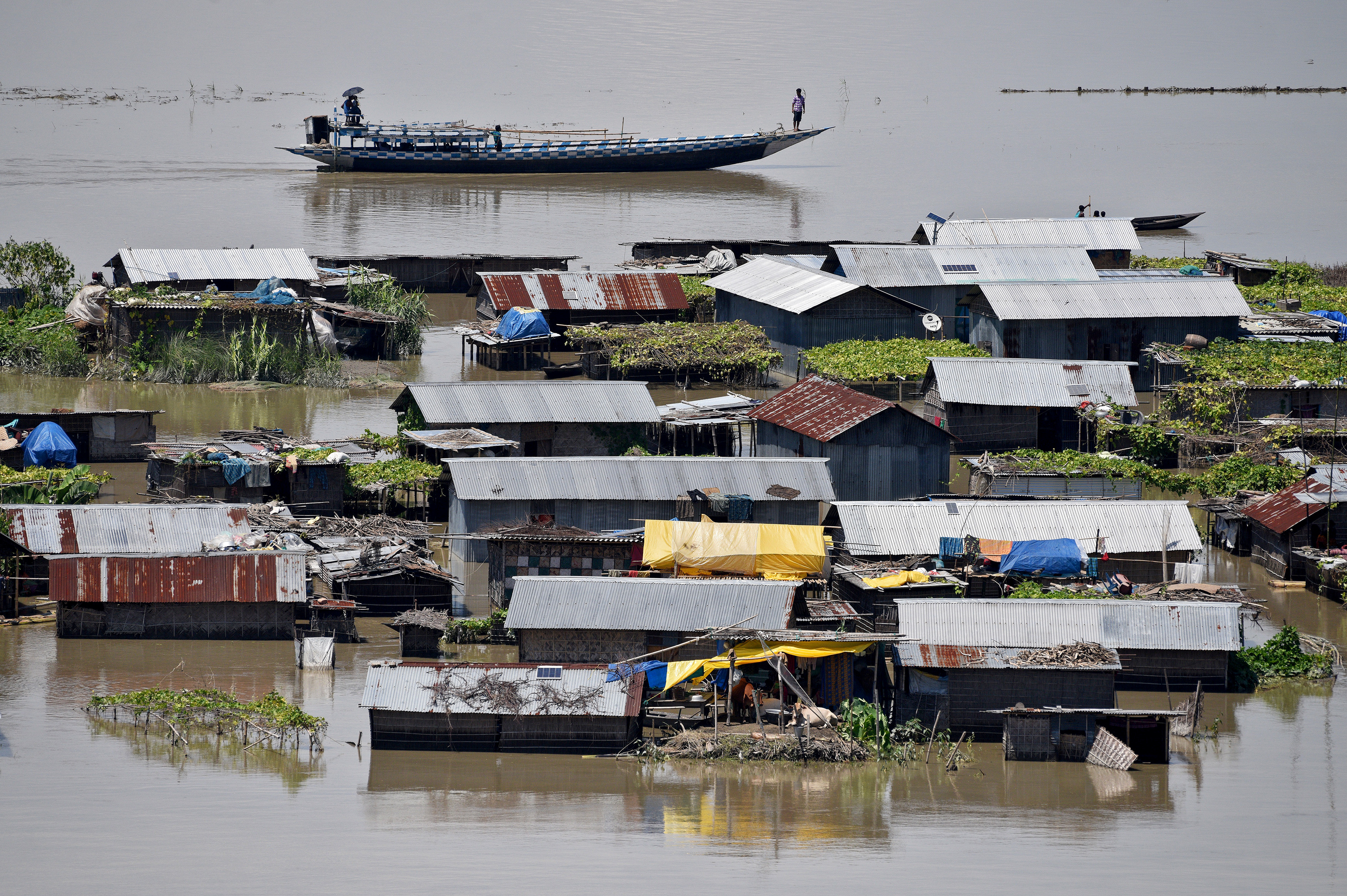
By Chris Taylor
NEW YORK (Reuters) – When Monica Dwyer of West Chester, Ohio thinks of retirement, her mind wanders to her family friend Paul.
Paul had a wife and kids, and a good job at Procter & Gamble. But his wife died 15 years before he did, and, over time, his social circles started shrinking, along with his finances.
Eventually, Paul “barely had money to eat,” Dwyer said. He kept his thermostat at 55 Fahrenheit (13 Celsius), even in frigid Ohio winters. He could not drive, surviving on $1 McDonald’s hamburgers, and was alienated from his children, before he died.
“He was a forgotten soul,” Dwyer said.
You might not hear of stories like Paul’s very often, but they are out there. A study https://www.cigna.com/newsroom/news-releases/2018/new-cigna-study-reveals-loneliness-at-epidemic-levels-in-america released last month by health services company Cigna found that nearly half of Americans report feeling lonely sometimes or always, which the study concluded is a national “epidemic.”
“We had been hearing from customers that they are feeling more disconnected and lonely, so we wanted to do some research to understand the state of loneliness across the U.S.,” said Dr. Doug Nemecek, Cigna’s chief medical officer for behavioral health. “What we found was astounding.”
The emotional impact of loneliness in retirement is obvious – feelings of being isolated and misunderstood, with social interactions that lack meaning. But loneliness turns out to have financial ramifications as well.
Take healthcare costs, for instance. “People who feel lonely are less healthy,” Nemecek said. “There are many studies linking loneliness to worsening heart disease, cancer, diabetes, depression and substance abuse. In fact, healthwise, loneliness is comparable to smoking 15 cigarettes a day.”
If you are strategic and determined, there are multiple defenses against social isolation as you get older. Here are four tips from financial planners.
MOVE TO A RETIREMENT COMMUNITY
Society likes to poke fun at retiree developments, like the elder Seinfelds buying their condo in Del Boca Vista. But at larger senior communities like The Villages and Sun City Center, both in Florida, “you could participate in a group activity nearly every hour of every day,” said Holly Donaldson, a financial planner in Seminole, Florida.
Retirement communities are a powerful alternative to retiring “in place” in your own home. Staying in your home may initially sound appealing because of the comfort level with your surroundings, but it could eventually leave you very alone indeed, especially if you are struggling with physical disability.
KEEP WORKING
If you enjoy working, and your employer does not have any mandated retirement age, then by all means keep showing up at the office. The first benefit is cognitive, keeping you alert and active and maintaining that social circle in the workplace.
The second benefit is financial: Just a couple of years of additional work means you are actively building up your 401(k) assets, not drawing anything down, and boosting your Social Security payments by delaying taking them. That alone is enough to create a robust retirement outlook.
VOLUNTEER
Volunteers live longer, have lower levels of disability and higher levels of well-being, according to data analysis by the Corporation for National & Community Service (CNCS), a federal agency. One surprising fact: volunteerism has a greater impact on well-being than other factors like income, education or marriage.
Volunteering also assembles a new social circle to hold you up in dark times. Intuitively, many seniors know this already: More than 21 million older Americans provide 3.3 billion hours of service every year, according to the CNCS.
CREATE SOCIAL CHECKS AND BALANCES
Retirees are highly susceptible to financial abuse, thanks to social isolation. The losses amount to an estimated $36.5 billion every year to fraud, scams and exploitation, according to a study by True Link Financial, a financial services company aimed at retirees, with the vast majority of financial abuse not even being reported.
The sad fact is that 90 percent of financial abuse comes at the hands of someone in a position of trust, like a family member, according to the non-profit National Adult Protective Services Association.
The best way to defend against being at the mercy of one person is by having multiple people in your corner. If you have church friends, childhood friends, extended family and volunteering friends – all looking out for you – it will be less likely you will be taken advantage of.
“I always recommend having duplicate financial statements sent to someone you trust,” advises Brett Anderson, a planner with St. Croix Advisors in Hudson, Wisconsin.
(Editing by Lauren Young and Frances Kerry)










